
La Differenza tra Wagyu e Kobe GrillExperience
In short, all Kobe beef is Wagyu beef, but not all Wagyu beef is Kobe beef. Wagyu literally translates to mean "Japanese cow." This term is used to describe beef sourced from specific Japanese cattle. Each breed must meet very strict requirements in order to produce Wagyu beef. The ranchers ensure that the cattle follow specific diet and.

Difference Between Kobe and Wagyu Difference Between
Kobe, in short, is a variety of Wagyu. Wagyu, loosely translated, means "Japanese cattle" ("Wa-" meaning Japanese or Japanese-style, and "-gyu" meaning cow or cattle). So "Wagyu" refers to any cattle that is bred in Japan or the Japanese-style. Kobe beef is comprised of a very particular strain of Wagyu called Tajima-Gyu that is.

Wagyu o Kobe? La guida alla carne Giapponese Sono In Viaggio
Specifically, the capital city of the Hyogo Prefecture, the eponymous Kobe. Kobe beef is considered the most expensive and sought after beef in the world, with single portions often selling for more than $200. In Japan, the cost of Kobe beef starts at about $300 per pound. In the States, it can be $50 per ounce—whereas other non-Kobe Wagyu.

La Differenza tra Wagyu e Kobe GrillExperience
In Japan, both Wagyu and Kobe beef are highly prized and consumed in various ways. Japanese culture strongly emphasizes food quality and preparation, with both being key factors in the enjoyment of a meal. Wagyu and Kobe's beef are typically prepared using traditional Japanese cooking techniques such as shabu-shabu and sukiyaki.

La Differenza tra Wagyu e Kobe GrillExperience
Kobe e wagyu. Sveliamo immediatamente l'arcano: kobe e wagyu non sono la stessa cosa. Il termine wagyu indica in generale il manzo giapponese: la particella Wa si può tradurre letteralmente come giapponese, ma indica anche più generalmente i concetti di pace e armonia. Gyu invece sta semplicemente per bovino.

Differenza Tra Carne di Kobe e Wagyu (Spiegazione Semplice)
La parola "Wagyu" significa letteralmente "mucca o manzo giapponese". Esistono ben quattro razze diverse di Wagyu e prendono il loro nome dall'area nella quale vengono allevate. Il manzo Kobe, ad esempio - il primo ad essere arrivato in occidente e per questo molto famoso anche in Italia - è una wagyu appartenente alla " razza.
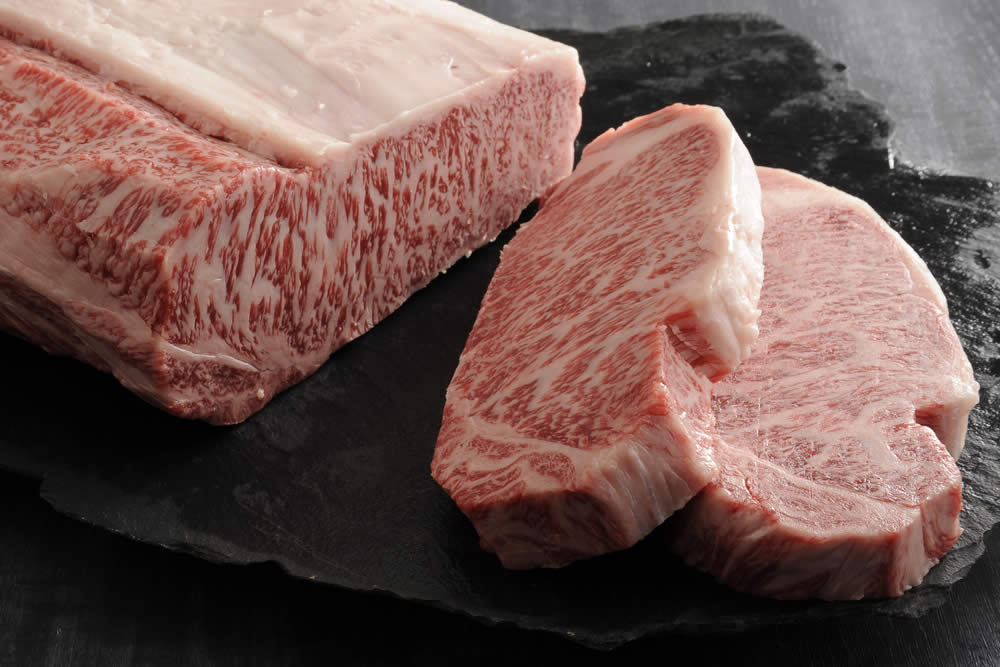
Wagyu e Kobe La Carne più Buona al Mondo?
Per capire la differenza tra kobe e wagyu partiamo quindi dallo sfatare insieme qualche fuorviante falso mito. Noi tutti immaginiamo qualsiasi espressione della cultura giapponese come un qualcosa di ancestrale, tramandato in secoli di maniacale ritualità e attenzione al dettaglio tipiche del sol levante. La realtà è che fino a pochi decenni.
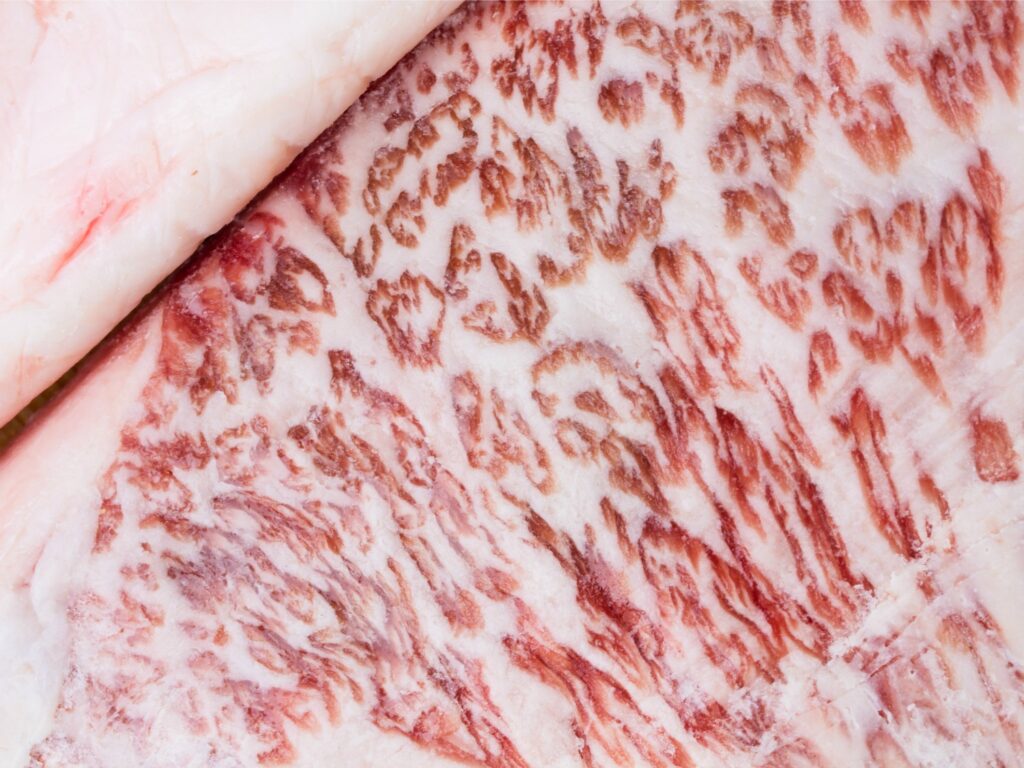
Che differenza c'è tra carne Wagyu e carne Kobe?
Differenze Principali tra carne di kobe e wagyu. In definitiva, tutto il Kobe è Wagyu, ma non tutto il Wagyu è Kobe. Mentre Wagyu potrebbe riferirsi a una mucca giapponese di origine americana, il termine Kobe è specifico per il bestiame proveniente da Hyogo che aderisce a rigide specifiche. Facciamo un altro esempio.
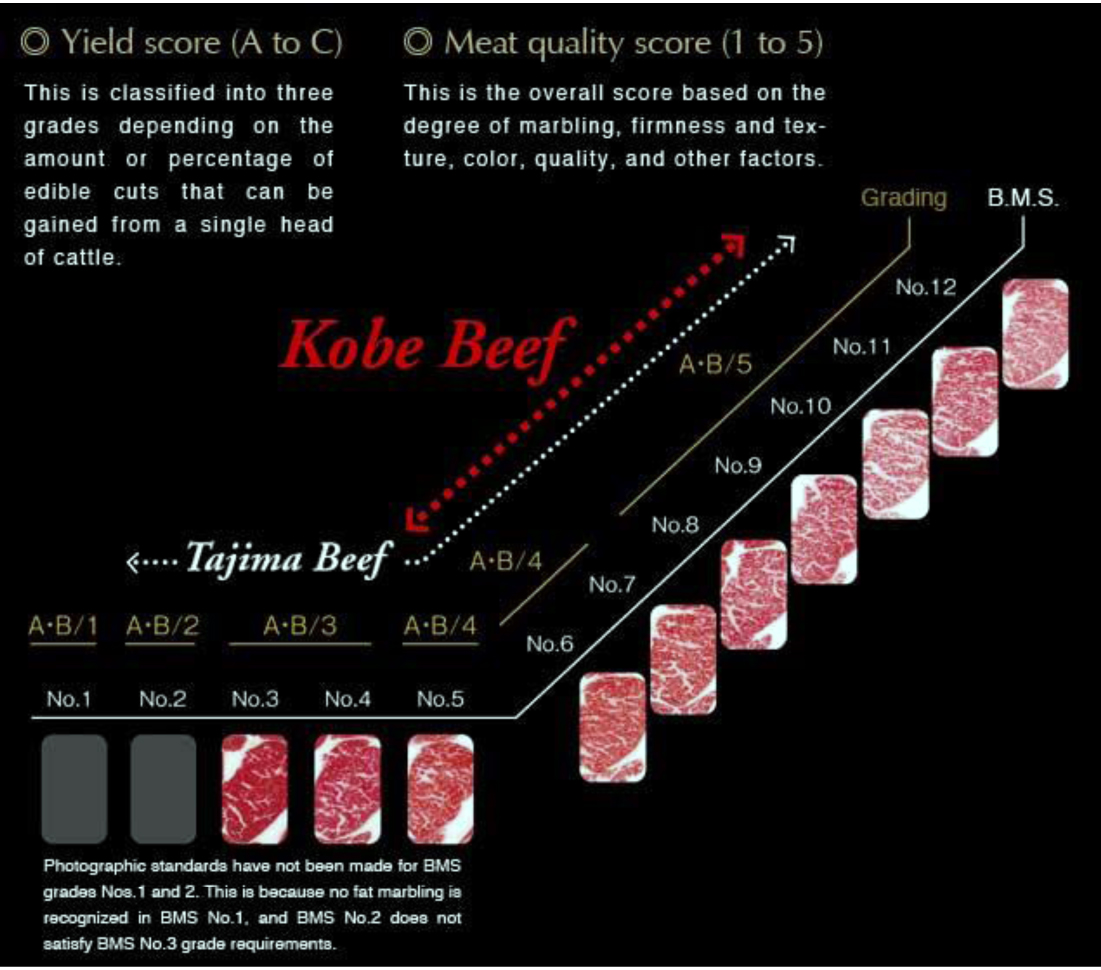
Wagyu beef Trinkete BordaTrinkete Borda
Essentially, Kobe beef is wagyu beef, yet not all wagyu beef is Kobe beef. Another similarity they have is that they both come in high value. Indeed, getting authentic wagyu and Kobe beef will cost you a lot of money. So, if you want to try this out, you need to be prepared. In fact, a pound of either of two types of meat will cost you up to $200.

Che differenza c'è tra carne Wagyu e carne Kobe? BBQ4All Megastore
Forbes chronicled the evolution of the availability and quality of Kobe and American Wagyu, and contends that the biggest difference is that organizations like the American Wagyu Association "can.

Carne di Kobe e Wagyu cosa sono, storia, differenza e prezzo
The word "Wagyu" roughly translates into English as "Japanese cow.". This high-grade, special beef is a delicacy with unparalleled texture, tenderness, and flavor. All Kobe beef is a form of Wagyu beef, but the same cannot be said the other way. More or less, "Wagyu" is an umbrella term that defines a variety of beef that comes from.

Che differenza c'è tra carne Wagyu e carne Kobe?
The marbling of US Wagyu is more balanced with a bright red meat, offering a balance of dynamic flavor and luxurious texture that is more along the lines of what we are used to in a steak. By contrast, in Japan, the marbling in a serving of A5 Kobe is so fine and the amount so high, that the meat can appear to be a light pink or even white!
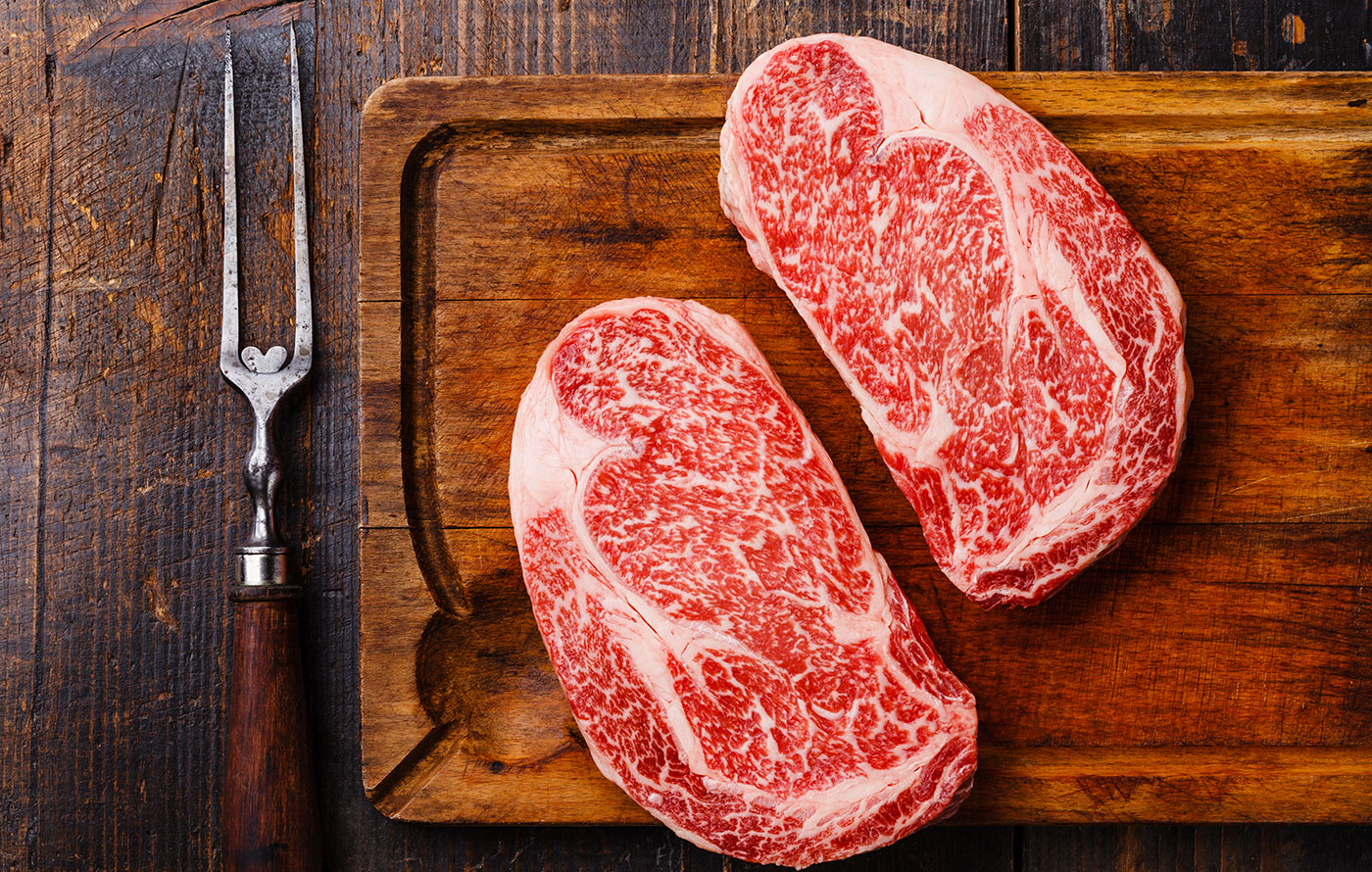
Carne Wagyu caratteristiche e cottura Sushi e Noodles Roma
Kobe beef consistently scores this phenomenally; domestic Wagyu or hybrids reach 6 to 9 on the BMS scale while Kobe typically reaches 10, despite 6 being the minimum. Now imagine the juiciest, most tender, velvety steak you've ever had and realize that it was likely a Prime cut…which is only ranked a 4. Then you can really begin to understand.
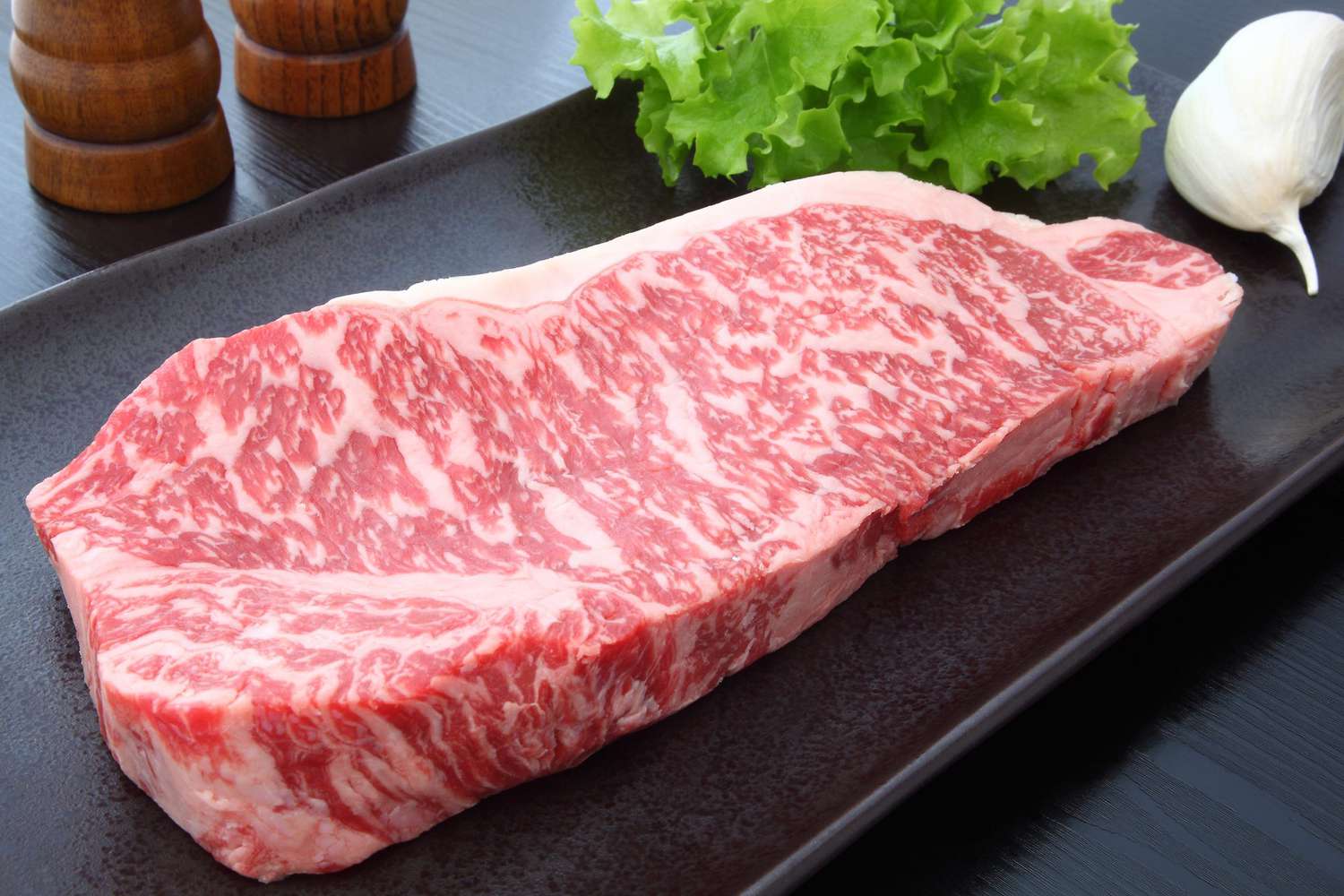
Kobe vs. Wagyu Beef What's the Difference? Allrecipes
Si riescono ad assaporare tagli con consistenza e gusto davvero incredibili, e con una spesa sostenibile. Caratteristiche della carne Kobe. La razza dell'allevamento deve esser pura Tajima (Tajima-Gyu), tra i 28 e 60 mesi di età. Nata, cresciuta e macellata nella prefettura di Hyōgo; Deve aver un yield score A o B

Qual è la differenza tra Wagyu e Kobe?
Quando diciamo carne Wagyu e manzo Kobe si pensa subito ai tagli più pregiati di carne, ma i miti e le leggende intorno a questa prelibatezze sono molte e rischiano di farvi prendere qualche brutta fregatura. Non è inusuale infatti che qualche ristorante vi serva una costosissima, quanto normalissima, bistecca, cotta a puntino, spacciandola per carne di Kobe.

Qual è la differenza tra kobe e wagyu? inNaturale
Wagyu, loosely translated, means "Japanese cattle." It is known for its unique taste, quality, and tenderness from the great intramuscular fat cells, or marbling. Kobe, specifically, is a type of Wagyu beef from the Tajima strain of the Japanese Black breed ("Tajima-gyu"). Cattle that produce Kobe beef are raised in Japan's Hyogo Prefecture.